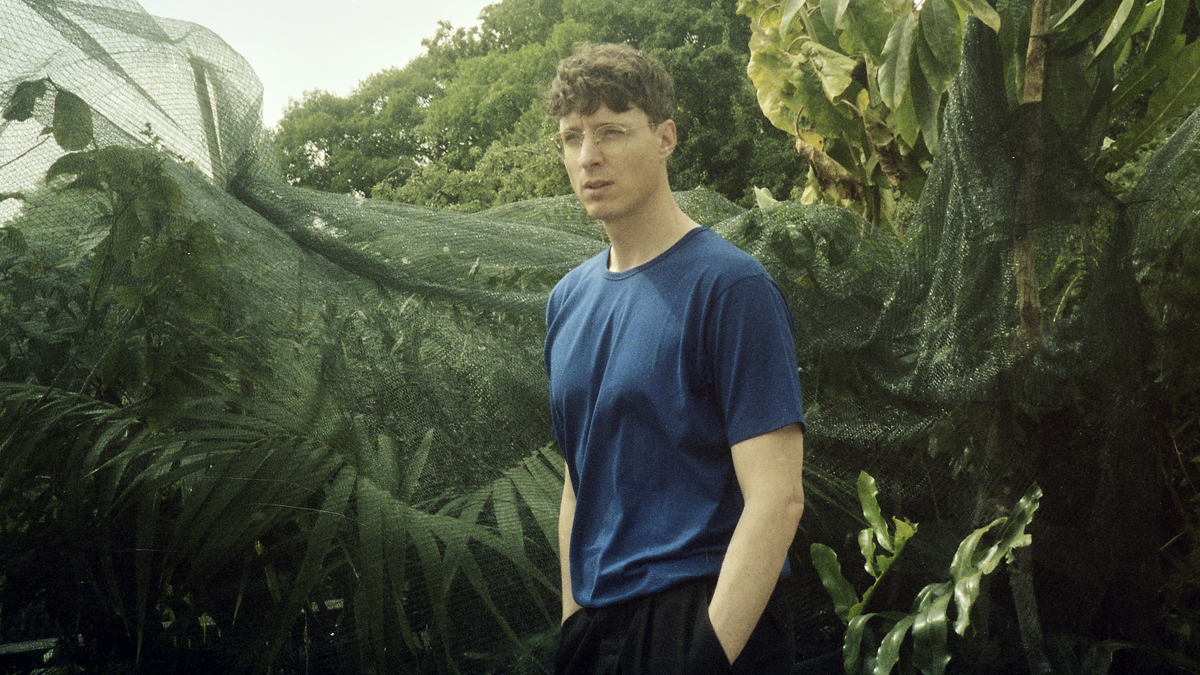Kasper Bjørke: 5 things I’ve learned about music production
“Music is supposed to be heard, not saved in some folder on your computer”

To say that Danish producer Kasper Bjørke has been on an emotional rollercoaster over the past six years would be an understatement. After receiving a cancer diagnosis in November 2011, he underwent an operation to remove a tumour followed by five years of regular check-ups.
Last month marked the second anniversary of him receiving the all-clear, and he celebrated this milestone by releasing The Fifty Eleven Project, a reflective ambient concept album that serves as a musical document of everything Kasper has been through.
We asked him to look back over this tumultuous time and tell us the five things he’s learned about music production.
1. Collaborate
"I find that working alone is great to some extent, but even though I have released five solo albums and have just released a new album project under my own name (Kasper Bjørke Quartet: The Fifty Eleven Project, out on Kompakt), I have always enjoyed working with other artists and musicians. Through these collaborations, not only do I get inspired and make some of my best creative work, but I also have the opportunity to learn by sharing ideas about how to record and produce in new, exciting ways."
2. Know your own studio and work in other studios to mix things up
"I am still working in Logic 9 on an old iMac and I have a quite small, simple studio setup with a few analogue synths from Doepfer, Korg and Roland. I program all drums and most of the synth tracks in MIDI. I do not use a lot of different software synths, either; just a few bundles that I like and know well.
"If I feel like I need to add something extra to a track, I have sessions with musicians in my studio, but I often visit other studios to get some new energy. For example, on my new project, which is an entire ambient album, I recorded all the synthesizers in a studio of a great friend of mine. He has an amazing collection of analogue synths, reverbs and effects. We used the computer only to record these long stretched-out live sessions - jams, if you like, and then I took all these stems with me back to my own studio to edit and mix.
"My point is, I never had the ambition to collect a lot of analogue gear myself. It’s expensive and it needs maintenance and repairs. When I saw that photo that Four Tet posted of his studio setup for his latest album (basically a MIDI controller, a laptop and two small speakers) it really reassured exactly what I always thought: it’s not about the amount of gear you have, it’s how you use what you have."
Get the MusicRadar Newsletter
Want all the hottest music and gear news, reviews, deals, features and more, direct to your inbox? Sign up here.
3. Keep it simple - don't over-produce
"The longer you spend on a track polishing details that no one will ever notice, most likely the more the track will lose its core energy and its personality. I often find that the best tracks I have made are the simplest ones, and also the tracks that I have finished quite quickly, not spending days on every little detail. Let it breathe for a day, revisit it for the very last changes and then close the mix."
4. Listen on different speaker systems before and during mastering
“After mixing a track in my studio it is hard to listen to it unbiased. It is like I can no longer hear the whole track, just certain details. Then I usually take the track out of my studio and listen on my Phonon headphones - and after that on my MacBook Pro speakers, and even on an iPhone X. Finally, I take it home and listen on a Sonos system in my apartment. I have a few of them, Sonos 1 and Sonos 5. You have to take into account how most people listen to music these days when you mix your music.”
5. Share your music - then make some more
“Don’t sit on new music for too long. The longer you wait, chances are that it will get stuck and never leave your studio. Let the world hear what you are doing while you still feel good about what you did and until you start to doubt it. Send it to a few friends that you trust for constructive feedback if you feel that it will give you more confidence to share it further – and then send it to some labels that you think will like it. If you don’t hear anything back, don’t worry -just start sharing it on your own platforms. These days, you can even quite easily release your own music officially.
“Music is supposed to be heard, not saved in some folder on your computer. Then leave that music behind and move on to a new idea and project.”

I’m the Deputy Editor of MusicRadar, having worked on the site since its launch in 2007. I previously spent eight years working on our sister magazine, Computer Music. I’ve been playing the piano, gigging in bands and failing to finish tracks at home for more than 30 years, 24 of which I’ve also spent writing about music and the ever-changing technology used to make it.
“A fabulous trip through all eight songs by 24 wonderful artists and remixers... way beyond anything I could have hoped for”: Robert Smith announces new Cure remix album
“I have an original 909 – every time I try to use it I feel like I’m ruining it”: House hero Riva Starr on his studio essentials and his love of analogue synths









